
Many animated shows are made with toy companies to specifically promote products. These shows often focus more on displaying toys, like robots or collectible cards, than on creating complicated stories. In fact, the money earned from selling these toys usually far exceeds the profits from the show itself. This approach has led to some of the most successful and long-lasting franchises in popular culture, as fans continue to buy merchandise related to the show long after the episodes have finished airing.
‘Pokémon’ (1997–2023)

The animated series follows Ash Ketchum as he travels through different lands, collecting amazing creatures and striving to become a skilled trainer. The show is also a powerful advertisement for the popular Pokémon video games and collectible cards. Each episode often features new creatures that fans can then buy as toys and other merchandise. This strategy – where the show and products promote each other – has made Pokémon one of the most successful media franchises of all time.
‘Yu-Gi-Oh! Duel Monsters’ (2000–2004)

Yugi Muto unlocks an ancient puzzle and becomes host to a pharaoh who is passionate about card games. The show revolves around the Duel Monsters card game created by Konami, detailing its rules and how to play. Each story arc often coincides with the release of new card packs and special abilities in the real-world game. Originally based on a manga featuring many different games, the anime successfully turned it into a massive advertisement for the trading card game, leading to huge sales increases as the show aired.
‘Transformers: Armada’ (2002–2003)

A long-running conflict between two groups of intelligent robots from the planet Cybertron spills over onto Earth. The series introduced ‘Mini-Cons,’ smaller robots that allowed the larger figures to gain new abilities. Created by Hasbro and Takara, the show was designed to boost sales of the ‘Transformers’ toys to a new audience. The animation actively showed kids how the toys connected and played together. This three-part series was a turning point, weaving the toy’s features directly into the story.
‘Beyblade’ (2001)
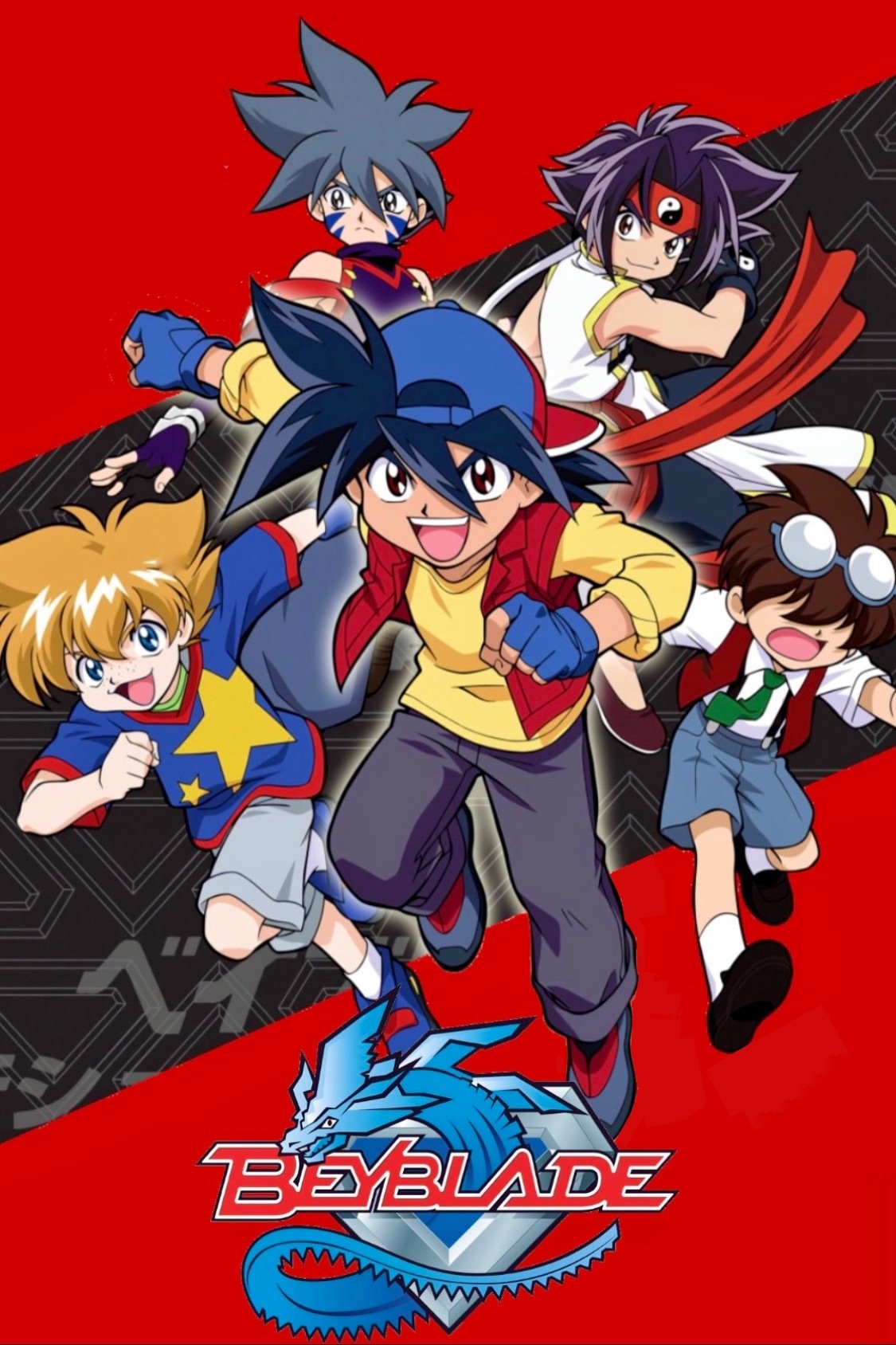
Competitive battles using powerful spinning tops take place in stadiums. The popular anime series was created by Takara Tomy as a way to sell these toys to children. The show highlights how much you can customize the tops and the unique energy they possess. Exciting moves shown in the battles inspire kids to purchase different parts to improve their own tops. This clever marketing approach quickly became a worldwide sensation, spreading from the show to playgrounds around the globe.
‘Mobile Suit Gundam’ (1979–1980)
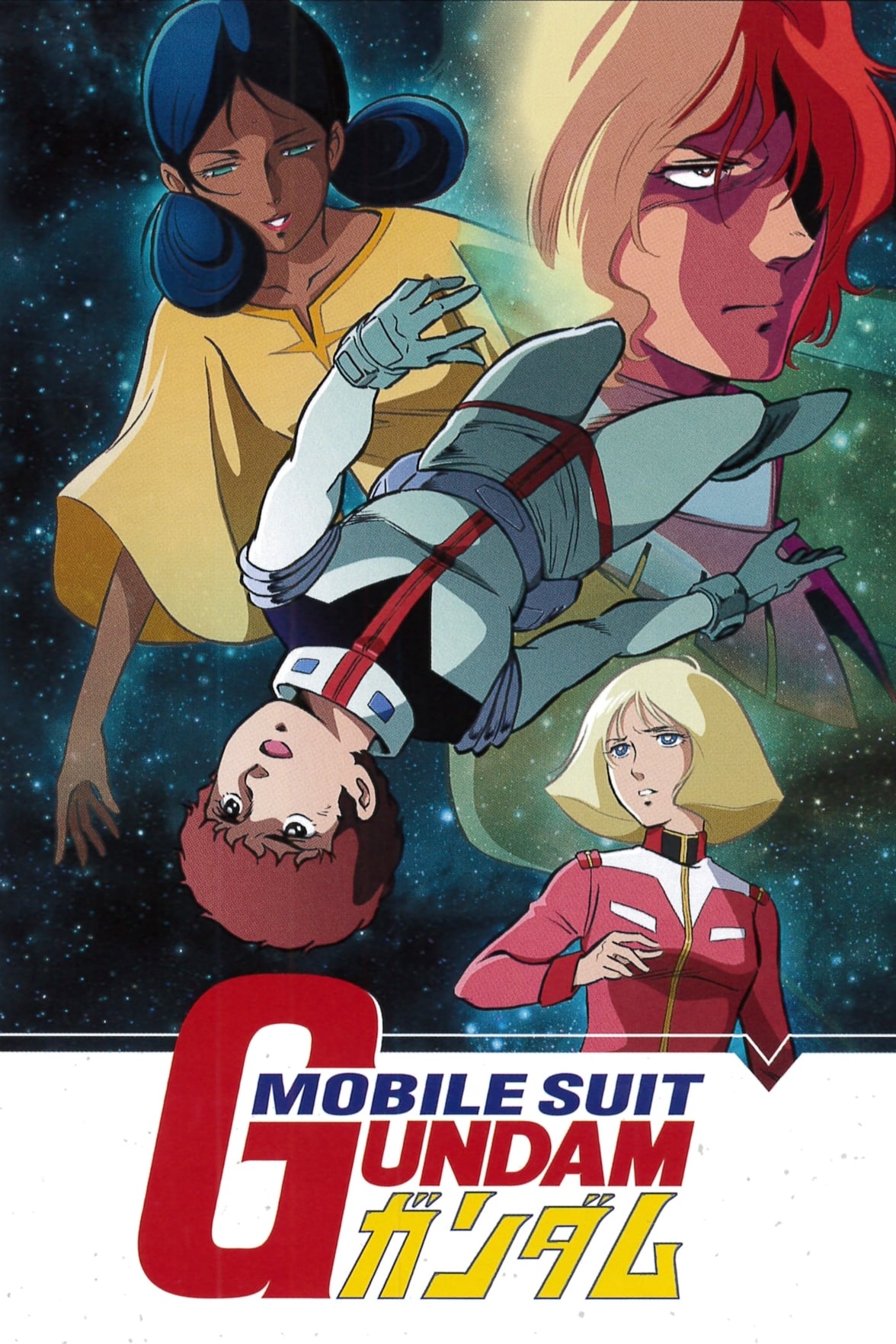
Yoshiyuki Tomino’s groundbreaking war drama redefined the mecha genre. The show is largely financed by sales of ‘Gunpla’ – plastic model kits of the robots featured in the series. Bandai Namco uses the anime to promote new robot designs to collectors, who then purchase the models. Despite a slow start in viewership, merchandise sales have kept the franchise thriving for many years. The robots themselves are designed with detailed mechanics specifically to be recreated as collectible, poseable figures.
‘Bakugan Battle Brawlers’ (2007–2008)
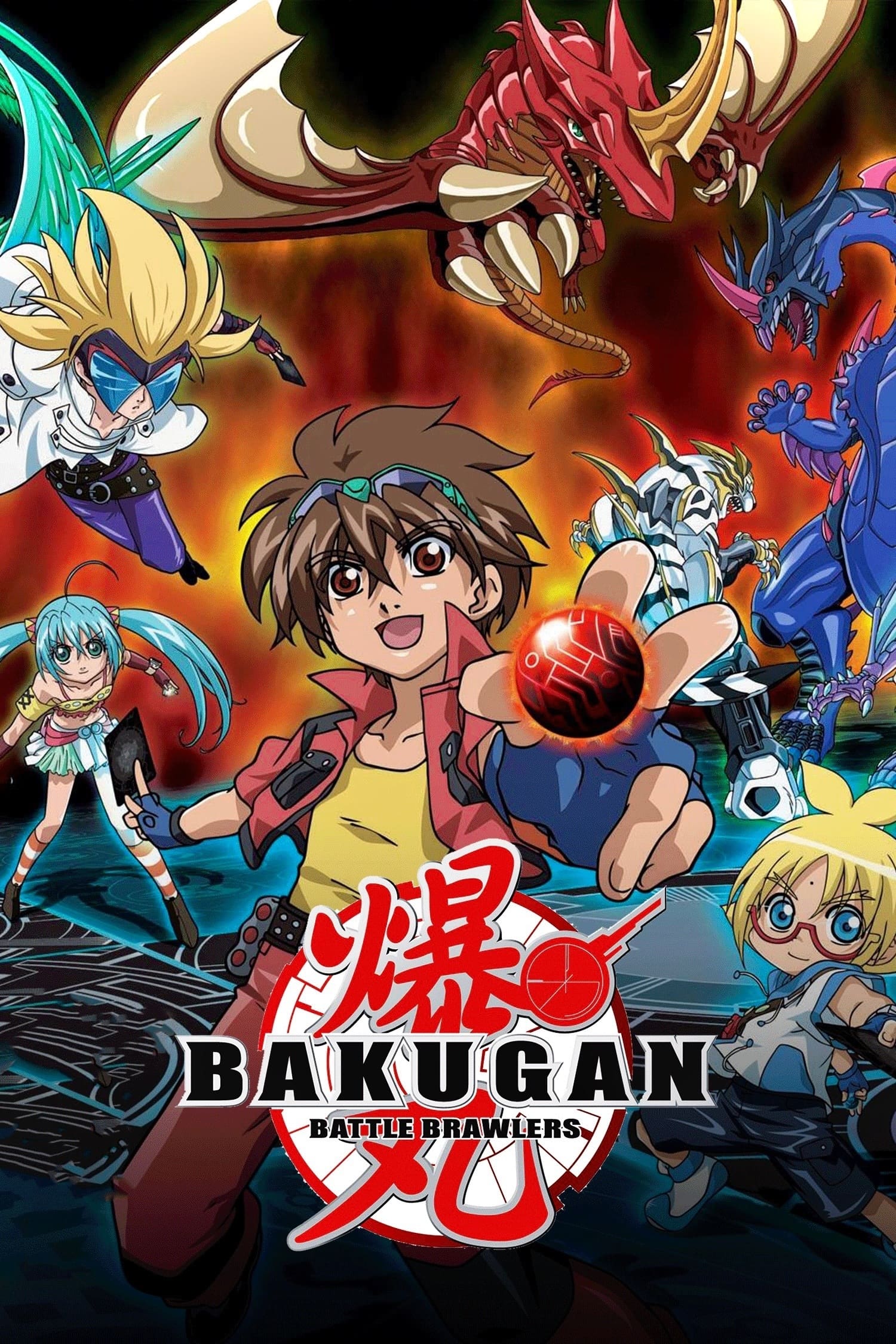
Dan Kuso and his friends find mysterious cards falling from the sky, each unleashing a powerful monster. The show is designed to appeal to kids by blending the fun of marbles with the strategy of card games. It was created alongside a physical game, co-produced by Spin Master and Sega Toys, and the animation reflects how the toy marbles transform. By building the game’s rules into the storyline, it quickly became a huge hit in stores.
‘Digimon Adventure’ (1999–2000)
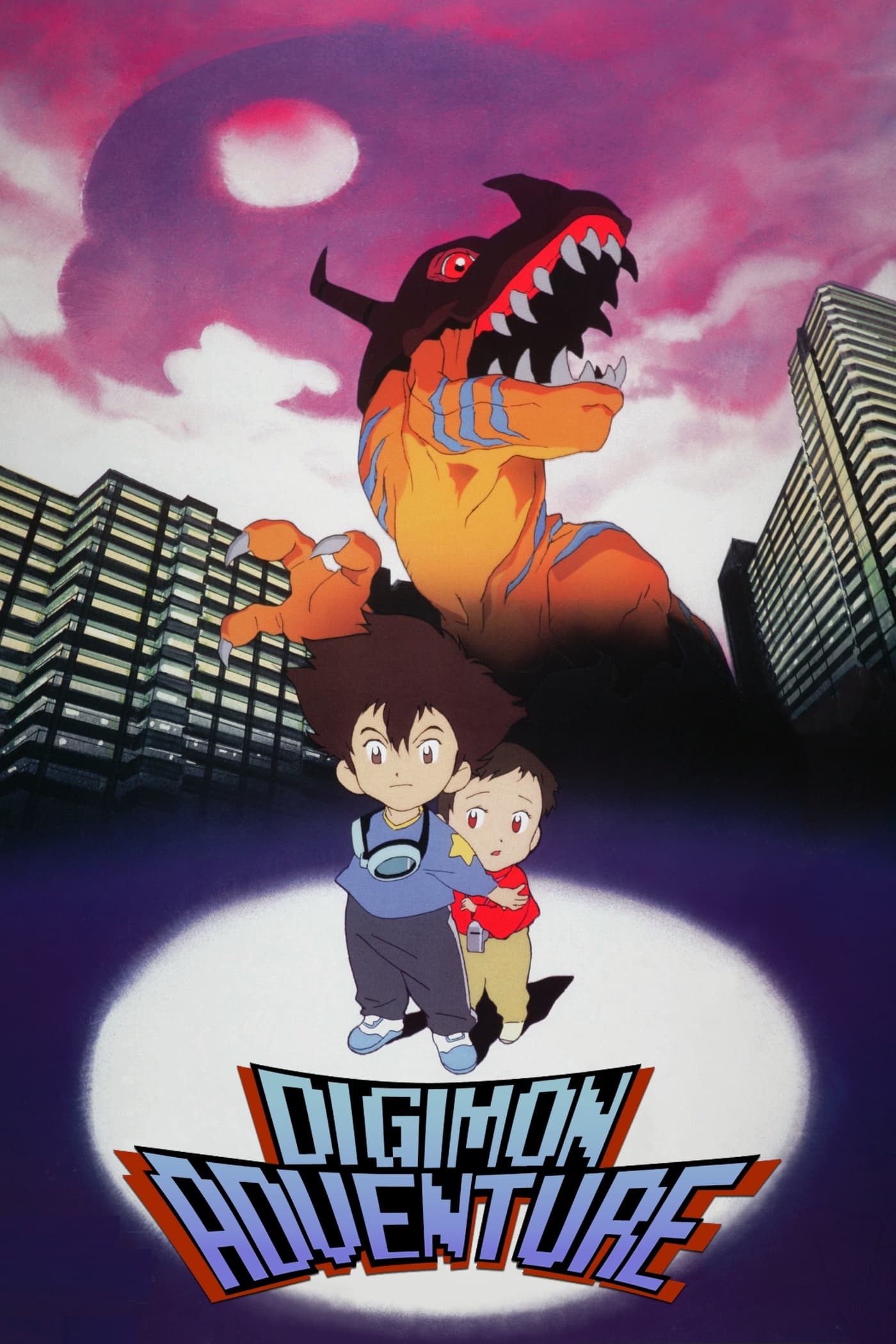
A group of seven kids gets pulled into a digital world filled with unusual creatures. This story started as an idea for a virtual pet toy, designed to rival other popular handheld games. The animated series then built upon this world to promote sales of evolving digital devices and collectible figures. A key part of the show features exciting transformations, showcasing the new toy designs. The strong bonds between the characters and their monster partners are what really motivate fans to buy the related products.
‘Zoids: Chaotic Century’ (1999–2000)
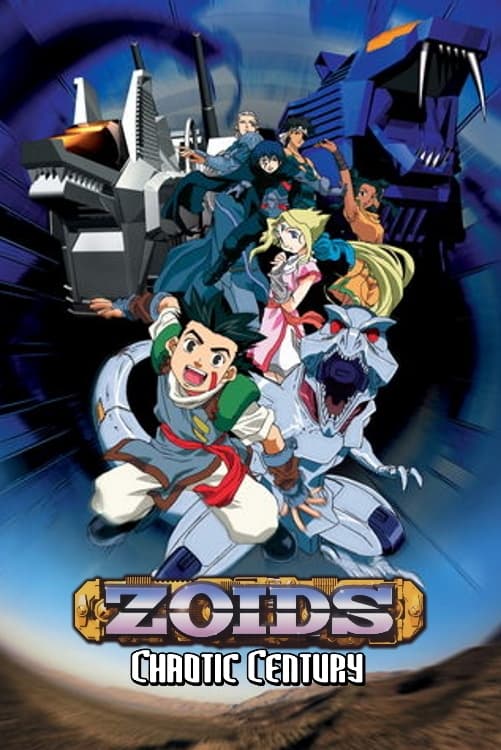
Van Flyheight teams up with an organoid named Zeke to pilot massive, animal-like robots. The anime uses impressive 3D graphics to showcase the detailed motorized model kits made by Tomy, highlighting their unique movements and weapons in exciting battles. The story centers on the search for and improvement of these machines as they fight for survival in a planet-wide war. Strong sales of related toys and merchandise kept the series going for many seasons.
‘Medabots’ (1999–2000)
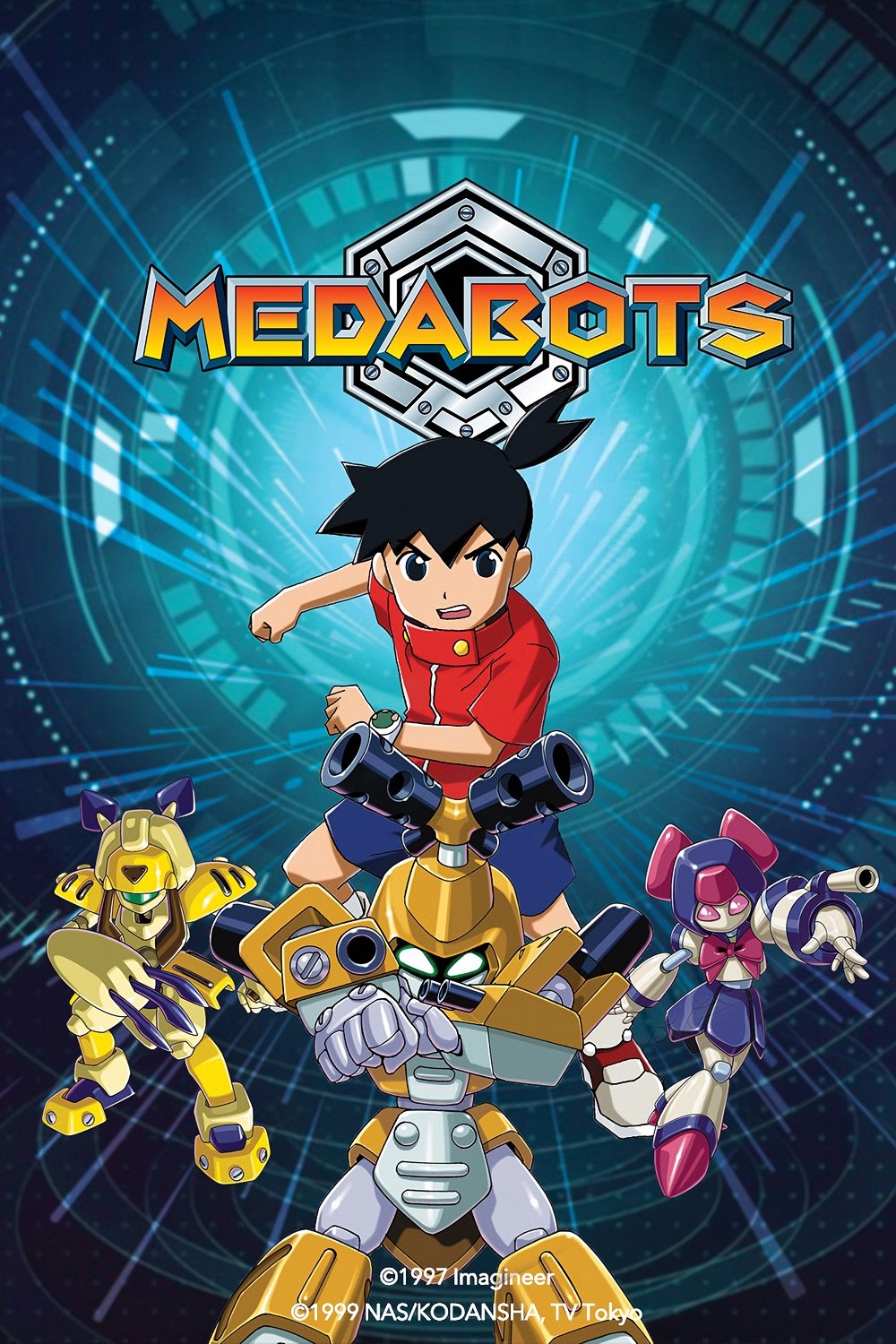
In the future, children have their own robots that fight each other to win replacement parts. The main character, Ikki Tenryou, has trouble getting good enough parts for his older robot. The anime’s animation really shows how easily robot arms and heads can be swapped out. The whole idea behind the show is similar to collecting and customizing action figures. The creator, Natsume, also used the anime to promote video games and a line of model kits.
‘Battle B-Daman’ (2004)
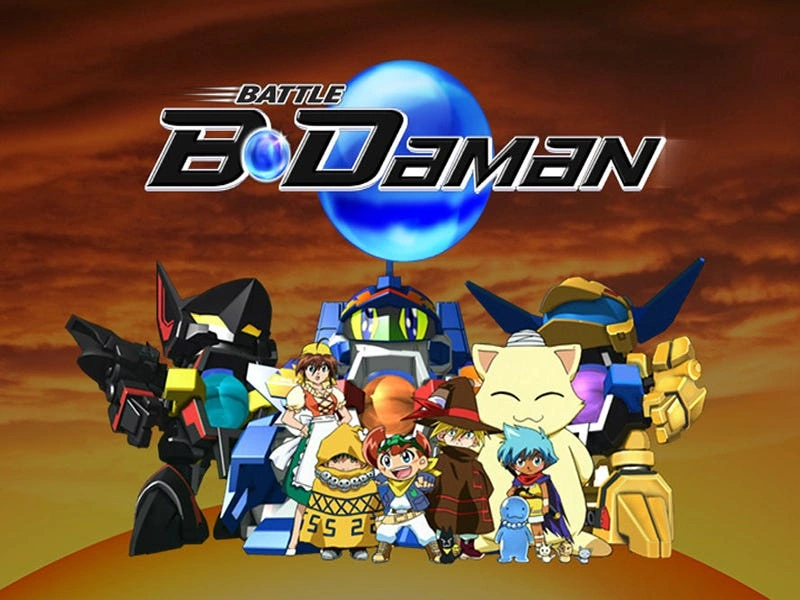
Yamato Delgado is determined to become a champion B-Daman player. B-Daman is a game where figures fire marbles from their bodies in contests of skill. The animated series, created by Takara, showcases the different ways to play and customize the figures. The show highlights the toys’ speed and strength to make the game more thrilling, and the competitions featured in the story are similar to actual B-Daman tournaments for kids.
Tell us which of these toy-based anime series was your favorite growing up in the comments.
Read More
- Silver Rate Forecast
- Gold Rate Forecast
- Красный Октябрь акции прогноз. Цена KROT
- Navitas: A Director’s Exit and the Market’s Musing
- Unlocking Text Data with Interpretable Embeddings
- VOOG vs. MGK: Dividend Prospects in Growth Titans’ Shadows
- XRP’s Wrapped Adventure: Solana, Ethereum, and a Dash of Drama!
- Itaú’s 3% Bitcoin Gambit: Risk or Reward?
- Investing in 2026: A Tale of Markets and Misfortune
- Ethereum’s $3K Tango: Whales, Wails, and Wallet Woes 😱💸
2025-11-22 18:15